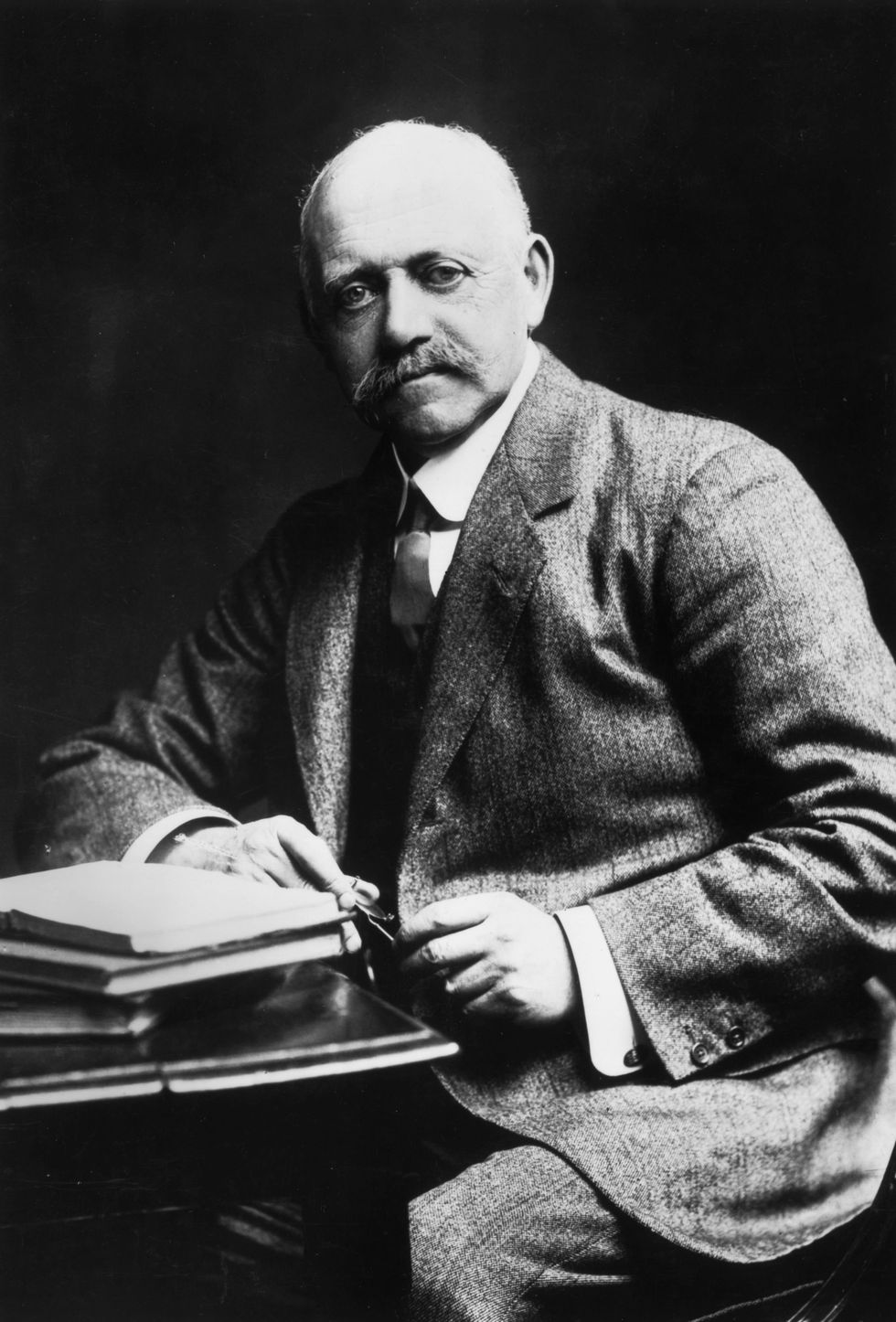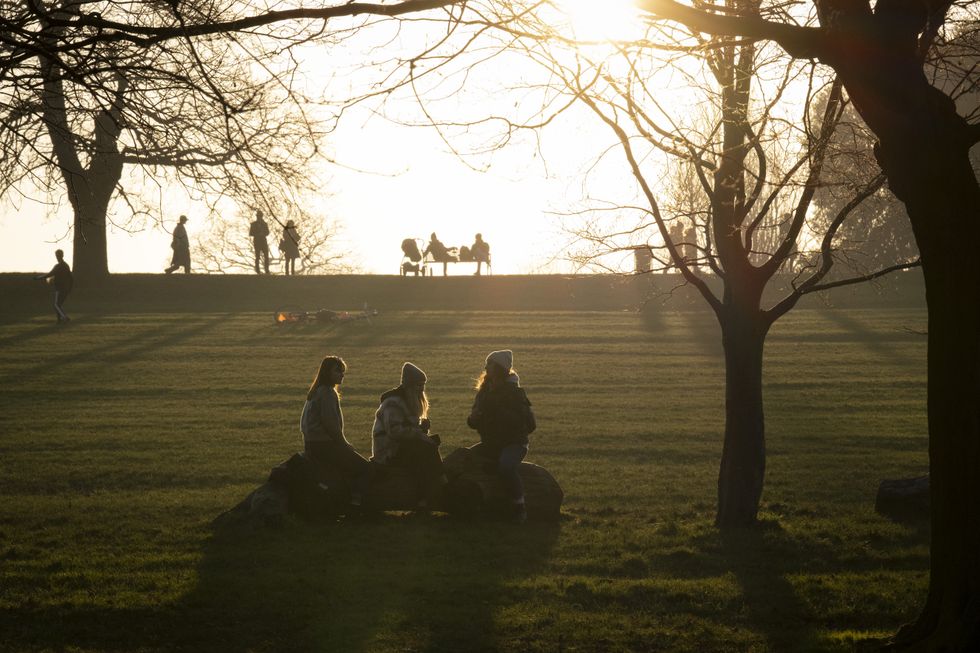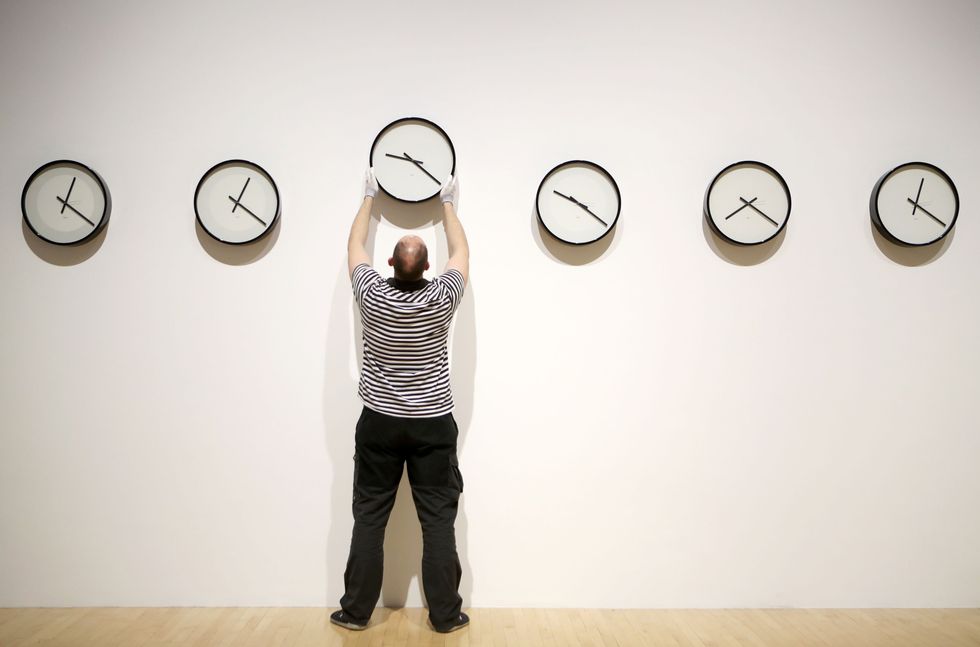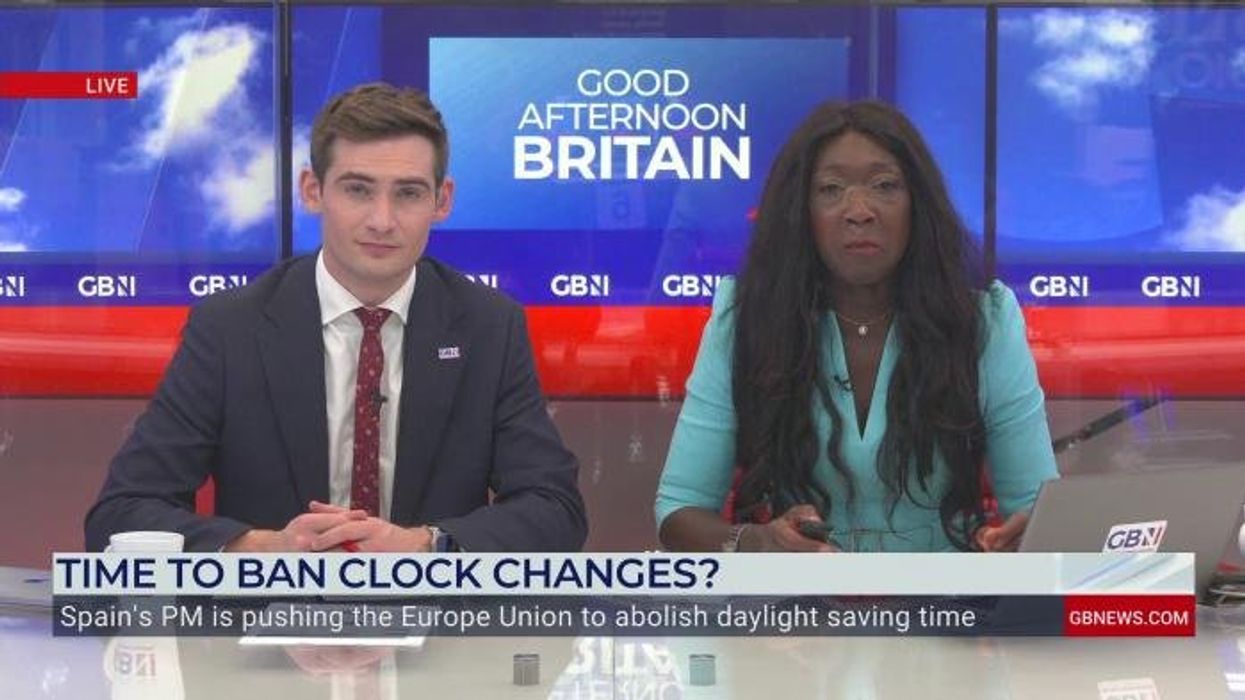When do the clocks go back? Exact time clocks change in 2025 as British Summer Time ends

This year marks the 109th time the clocks have gone back in Britain since the practice began
Don't Miss
Most Read
Trending on GB News
Britons will gain an additional hour of sleep when British Summer Time (BST) comes to an end in a matter of days.
At that precise moment - 2am on Sunday, October 26 - timepieces across the UK will shift backwards by 60 minutes, marking the return to Greenwich Mean Time (GMT).
Just as the clock strikes two, "UK time" will switch back to 1am.
It won't lurch forward again until March 29 next year.
The annual autumn ritual means darker evenings but brighter mornings as the country adjusts to winter hours.
The change occurs during the early hours of Sunday morning to minimise disruption to businesses and educational institutions.
This yearly practice affects daily schedules across the nation, with many still finding the twice-annual adjustment confusing despite its regularity.
The practice originated from a campaign by British builder William Willett, who published his proposal in a 1907 pamphlet titled "The Waste of Daylight".
His motivation was notably personal - he wanted extended daylight hours during summer months to enjoy longer golf sessions.

The practice originated from a campaign by British builder William Willett, who published his proposal in a 1907 pamphlet titled 'The Waste of Daylight'
|GETTY
Willett lobbied extensively for his concept, which eventually became law through the Summer Time Act 1916.
The legislation was enacted 12 months following his death, meaning he never got his extended round in.
The system aimed to maximise natural daylight usage throughout the year, adjusting clocks to better align waking hours with available sunlight.
Following the UK's adoption, Germany and Austria implemented similar daylight saving measures.
ACROSS THE UK - LATEST HEADLINES FROM GB NEWS:

PICTURED: Brockwell Park, London, during a winter sunset. Changing the clocks tries to maximise natural daylight usage throughout the year so waking hours align with available sunlight
|GETTY
The timing proved significant, as the First World War created severe coal shortages which made energy conservation essential.
The wartime government recognised that artificial lighting consumed precious resources while natural daylight remained unused.
By shifting clocks forward during summer months, households and businesses could reduce their reliance on electric lighting during evening hours.
But some modern critics question whether the twice-yearly time adjustment is still relevant.

Some modern critics question whether the twice-yearly time adjustment is still relevant
|PA
The disparity in daylight hours across Europe's three time zones creates particular challenges, as northern regions experience significantly less sunlight than southern areas, amplifying the clock change's impact unevenly across the continent.
Some campaigners advocate synchronising British time with continental Europe, proposing the UK should remain two hours ahead of GMT during summer and one hour ahead in winter.
Supporters argue this alignment would decrease road accidents which spike when evenings suddenly become darker.
Additional opposition stems from those who contend that modern indoor-focused lifestyles render daylight saving redundant, as people spend most hours inside offices and homes regardless of natural light availability.
More From GB News











